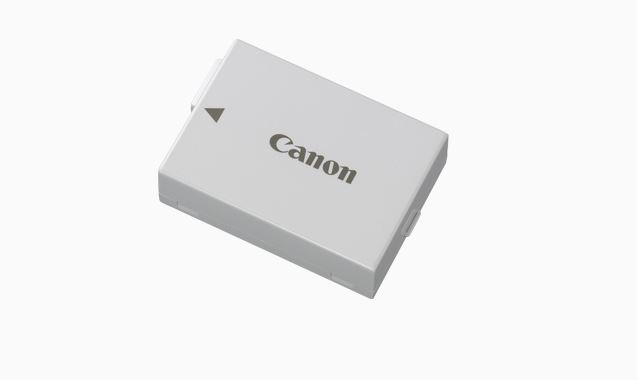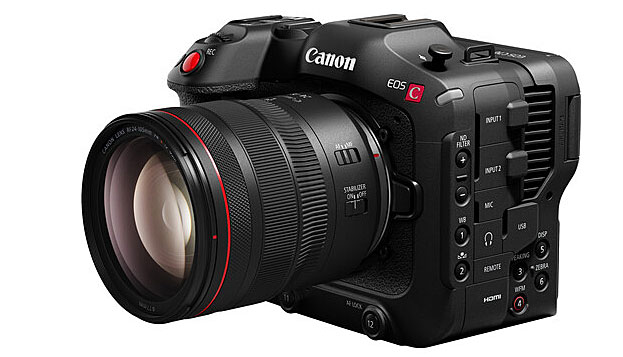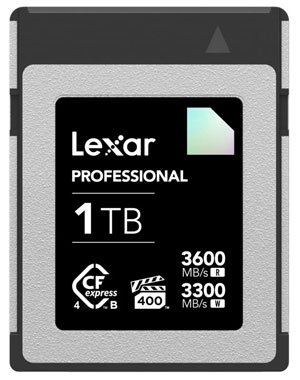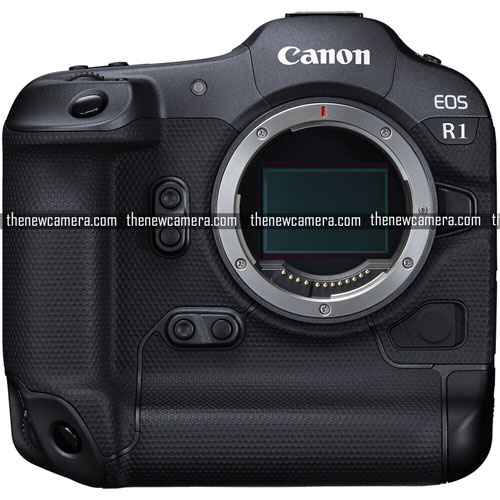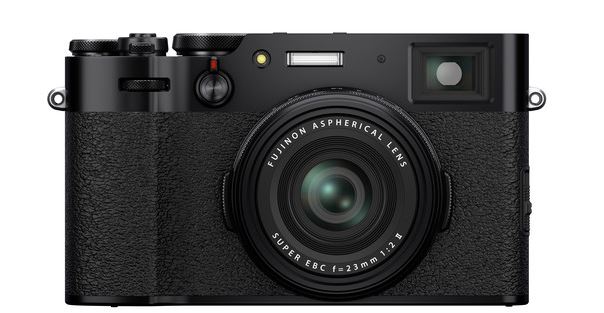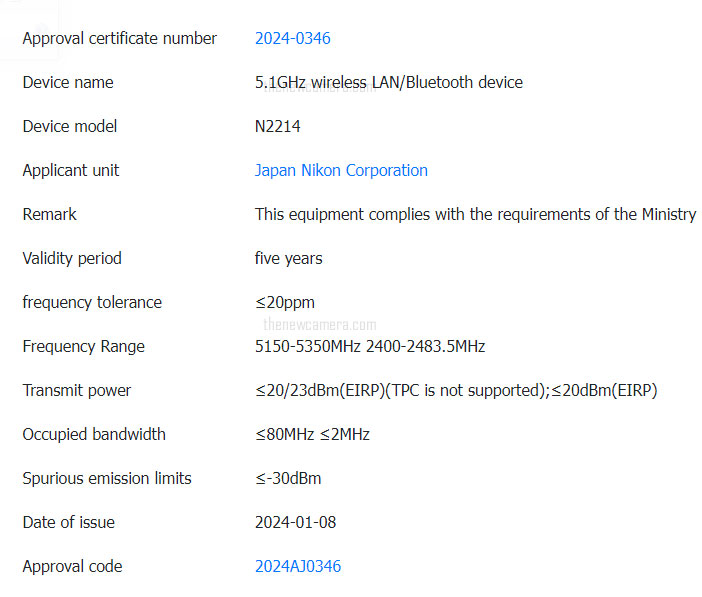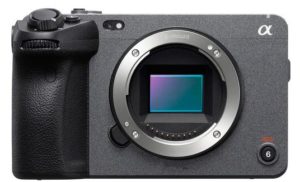
We are comparing the Sony FX30 versus the Panasonic S5 IIx. In this comparison, we will mainly focus on the videography aspects of both cameras. Let’s start.
First of all, the major difference we see between both cameras is the sensor size. Both the Panasonic S5 IIx and the Sony FX30 use BSI CMOS sensors, which is why we are expecting better low-light performance as well as dynamic range from the Panasonic S5 IIx camera.
Moreover, if we compare the ISO range for photography, the ISO range of the Panasonic S5 IIx camera goes up from 100 to 51,200 (Extended: 50 to 204,800). In contrast, the Sony FX30 goes up to 100 to 32,000 (Extended: 50 to 102,400). As you can see, the Panasonic S5 IIx can provide a better range.
Let’s also compare the Dual Native ISO range of both cameras available for video purposes. The Dual Native ISO range of the Sony FX30 camera is from 800 – 2500, whereas the Panasonic S5 IIx camera range is from 640 – 4000. Having a broader range means the sensor will give you more latitude in your file, and even at ISO 4000, the noise level of the Panasonic S5 IIx camera will be minimal.
| Specification | Sony FX30 | Panasonic S5 IIx |
|---|---|---|
| Sensor Type | APS-C | Fullframe |
| Resolution | 26 MP | 24 MP |
| Sensor Pixel Area | 14.10µm2 | 35.30µm2 |
| Low Light Performance | Good | Better (Expected) |
| Dynamic Range | Good | Better (Expected) |
| ISO Range for Photography | 100 to 32,000 (Extended: 50 to 102,400) | 100 to 51,200 (Extended: 50 to 204,800) |
| Dual Native ISO Range for Video | 800 – 2500 | 640 – 4000 |
Video Auto-Focus
Let’s talk about the autofocus system of both cameras. For the first time, Panasonic has introduced the hybrid CMOS autofocus sensor inside the Panasonic S5 IIx camera.
For photography purposes, the S5 IIx autofocus system is excellent. But when we talk about shooting videos with the camera, the characteristics of the autofocus system change with the frame rate and resolution (as reported by users). This feedback that we are providing here was collected from our subscribers who have been using the Panasonic S5 IIx extensively for 2 to 4 months and they are facing these problems
Findings about the Panasonic S5 IIX AutoFocus
- Video recording modes in 4K Enjoy PDAF, 4k 24p, 30p and CROP 60p uses HYBRID AF
- Full HD Hybrid AF is Available in 24p, 30p Full HD 60p the Camera uses DFD (Contrast AF)
- At 120fps, subject tracking will not be available. On the Lumix homepage, it is noted that Automatic Detection is not available with high frame rates, even with the S5 IIx
- Full HD 180p is manual focus only
- 6K Open Gate Recording Done While Using DFD (Contrast-based AF)
- Another big problem is that if the ISO is higher than 12800 when filming, it will switch to a DFD focus
These details should not be discovered later, they should just be part of the camera specs. We know there is a crop in 4K 50/60p and we accept that, any other specs like this should be clear from the beginning. This is not a big deal, but I think Lumix did know this fact before
I think Many of you didn’t have an issue with any of the mentioned issues, maybe ur shooting most of the videos in 4k, then for sure the S5 II or S5IIX is made for you
Sony FX30 Autofocus
- The Sony FX30 has autofocus for Full HD 240p. It can also shoot in 4K up to 120p with autofocus
- The FX30’s autofocus system is said to be reliable and accurate, with face tracking and Eye AF.
It depends on what type of usage or requirements you have for your camera. If you require fast and blazing autofocus at higher frame rates, then the S5 IIx camera may not be suitable for you. However, if you are a manual focus camera user or your usage is limited to 4K 24/30p or cropped 60p mode, then in terms of focusing performance, you won’t have any issues if you know the limitations of your S5 IIx camera.
| Specification | Sony FX30 | Panasonic S5 IIx |
|---|---|---|
| Sensor Type | Hybrid CMOS AF | Hybrid CMOS AF |
| Auto Focus for Photography | Excellent | Excellent |
| Auto Focus for Video | Doesn’t Change with frame rates or resolution | Changes with frame rate and resolution |
| Video Recording Modes | 4K up to 120p with Full time AF autofocus + Tracking | Crop at 4k 120p | 4K 24p, 30p and CROP 60p uses HYBRID AF. No 4k 120p Mode Available |
| Full HD Modes | Full HD 240p with autofocus | Full HD 24p, 30p uses HYBRID AF; Full HD 60p uses DFD (Contrast AF); Full HD 180p is manual focus only |
| Other Modes | – | 6K Open Gate Recording uses DFD (Contrast-based AF) |
| ISO Limit for Autofocus | – | Switches to DFD focus if ISO is higher than 12800 when filming |
GYRO-BASED IMAGE STABILIZATION in SONY FX30
Gyro-based image stabilization is limited to the Sony FX30 only. When you switch off the sensor-based image stabilization mode of the Sony FX30, the gyro mode gets activated automatically. You don’t have to do anything, you just have to switch off the image stabilization mode.
We don’t have such a mode in the Panasonic S5 IIx camera. The image stabilization is limited to sensor-shift IBS only although you get IBIS up to 6.5 Stops.
Such a lethal combination requires gyro stabilization for sure. You have to get a camera that has fast autofocus performance even at higher frame rates. For example, if you’re recording dance videos or capturing something really cool in a cinematic way while holding the camera, then for sure both are required – autofocus at higher frame rates and gyro-based image stabilization.
Table
| Feature | Sony FX30 | Panasonic S5 IIx |
|---|---|---|
| Gyro-Based Image Stabilization | Yes, the Sony FX30 has gyro-based image stabilization. When you switch off the sensor-based image stabilization mode, the gyro mode gets activated automatically. | No, the Panasonic S5 IIx does not have gyro-based image stabilization. Its image stabilization is limited to sensor-shift IBS only. |
| Live LUT Display | Yes, the Sony FX30 allows you to upload Look-Up Tables (LUTs up to 16 or more) to the camera and display them live. This means you are able to visualize the type of LUT that is being implemented in the footage while recording the video. | Yes, the Panasonic S5 IIx also allows you to upload Look-Up Tables (LUTs) to the camera and display them live. This means you are able to visualize the type of LUT that is being implemented in the footage while recording the video. |
| Easy EI Mode | Yes, the Sony FX30 has an ‘Easy EI’ mode that automatically switches between the lower and upper gain state if you reduce exposure too far from what the base state can handle. | No, the Panasonic S5 IIx does not have an ‘Easy EI’ mode. |
| 16 Bit Output | Yes, the Sony FX30 has a 16-bit output. | No, the Panasonic S5 IIx does not have a 16-bit output. |
| RAW OUTPUT | APPLE PRORES | APPLE PRO RES | BLACK MAGIC RAW |
| Writing Videos Directly to SSD Drives | No, the Sony FX30 does not support recording videos directly to an SSD drive. | Yes, the Panasonic S5 IIx allows you to record your videos directly to an SSD drive. Although Blackmagic Pocket Cinema videos are not available to be recorded directly to SSD, for the rest of the formats like V-Log and Apple ProRes, you can record your videos directly to an SSD drive. |
LIVE LUT DISPLAY IN BOTH CAMERA
Both the Panasonic S5 IIx and the Sony FX30 allow you to upload Look-Up Tables (LUTs) to the camera. The Panasonic S5 IIx is limited to 10 LUTs, but the Sony FX30 can upload up to 16 or even more. The most important part is that both cameras are able to display the live LUT function. This means you can visualize the type of LUT that is being implemented in the footage while recording the video. This is a really helpful feature in both cameras
Easy EI Mode for Beginners in SONY FX30
An ‘Easy EI’ mode does the same thing but automatically switches between the lower and upper gain state if you reduce exposure too far from what the base state can handle.
Focus Breathing compensation in Sony FX30
The Sony FX30 camera also allows for breathing compensation. If you use any third-party lenses with the camera, you won’t have any focus breathing issues. It’s worth mentioning that you also won’t notice any focus-hunting issues. As we have already mentioned, it’s more or less a foolproof camera in terms of autofocus performance.
Internal Fan Both Camera
Both cameras feature a built-in fan, so you won’t have any issues in the long run. Whether you’re recording 4K at 120 frames per second with your Sony FX30, or you’re recording 4K at 60 FPS with your Panasonic S5 IIx camera, the built-in fan will always keep your camera cool, even in adverse weather conditions
Writing Videos Directly to SSD Drives from Panasonic S5 IIX
The best thing about the Panasonic S5 IIx camera is that you can record your videos directly to an SSD drive. Although Blackmagic Pocket Cinema videos are not available to be recorded directly to SSD, for that you will need Black Magic video assistance. But, for the rest of the formats like V-Log and Apple ProRes, you can record your videos directly to an SSD drive.
Shooting Anamorphic with Panasonic S5 IIX and Sony FX30
One thing that professionals may like about the Panasonic as well as Sony camera is that you are able to shoot 3.3k anamorphic videos.
Anamorphic lenses come in different compression ratios, such as 1.33x, 1.5x, and 2x. The higher the compression ratio, the more “squeezed” the image will be
At the time of the announcement, Sony FX30 was missing the anamorphic mode, In addition to true 24p, FX3 Version 3.00 and FX30 Version 2.00 will offer anamorphic lens de-squeeze options of 1.3x and 2.0x, while FX3 Version 3.00 now features focus breathing compensation. So if you love to shoot with anamorphic lenses you can pic either of them.

